What will we do?
The Blue-Throated Hillstar was discovered in 2017. Right now, there are only 80-110 adult Blue-throated Hillstars left. We aim to protect this species by protecting the valuable páramo grasslands they thrive in. We will:
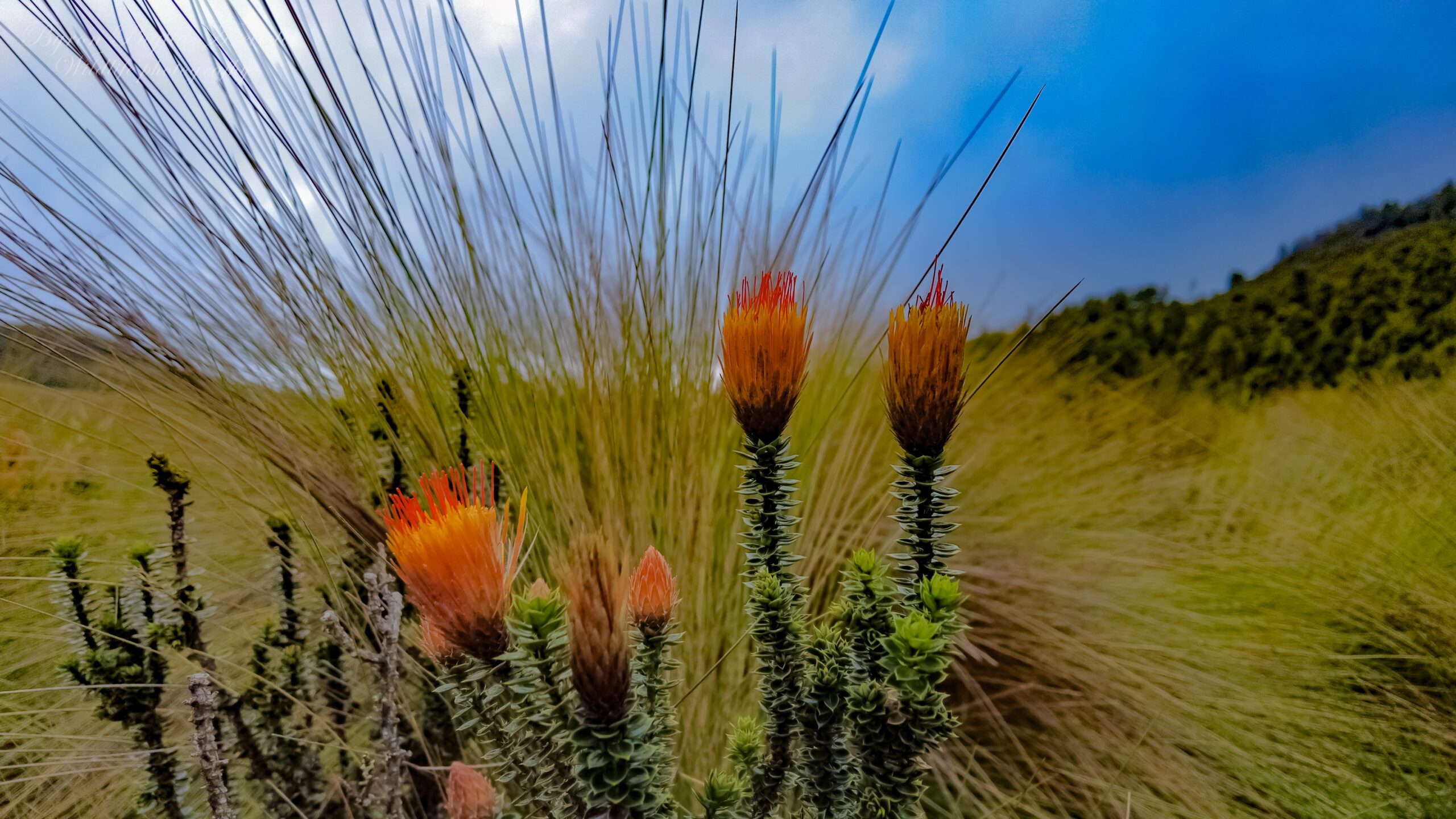

This project in numbers
Why this project?
The blue-throated hillstar is an emblematic species, representing an evolutionary hotspot for species adapted to weather extremes. Rich in wetlands and grasslands the area acts as an important carbon sink.
The Páramo ecosystem, characterized by its unique biodiversity and critical role in providing ecosystem services, stands as a crucial yet often underappreciated natural resource.
These high-altitude ecosystems act as natural water reservoirs, playing a pivotal role in regulating regional hydrological cycles. By restoring the water levels, we protect high-elevation peatlands above 4,000 metres as important carbon sinks.
The high-altitude Páramo grasslands of Cerro de Arcos and the Chilla-Fierro Urco mountain range have evolved in isolation from the main Andes mountain range. It is an evolutionary hotspot for species adapted to weather extremes, such as the Blue-throated Hillstar.
Shrub patches of 0.5 to two hectares form small islands between the grassland and along the borders of wetlands and small streams. These small ecosystems are still full of surprises, with more species to be discovered.
Regional tourism has been emerging recently, with people attracted to the exceptional geography, rock formations, remote and ancient inca trails of the region.
Together with local communities, we will implement a sustainable tourism plan to better protect vulnerable sites and provide income for local families. A reforestation campaign will help protect the vegetation cover and water retention capacity of the wetlands which provide drinking water for many communities at lower elevations.
An impression of what we’re helping to protect
(pictures: Byron Puglla, Documencia, Fundación Jocotoco & James Muchmore)

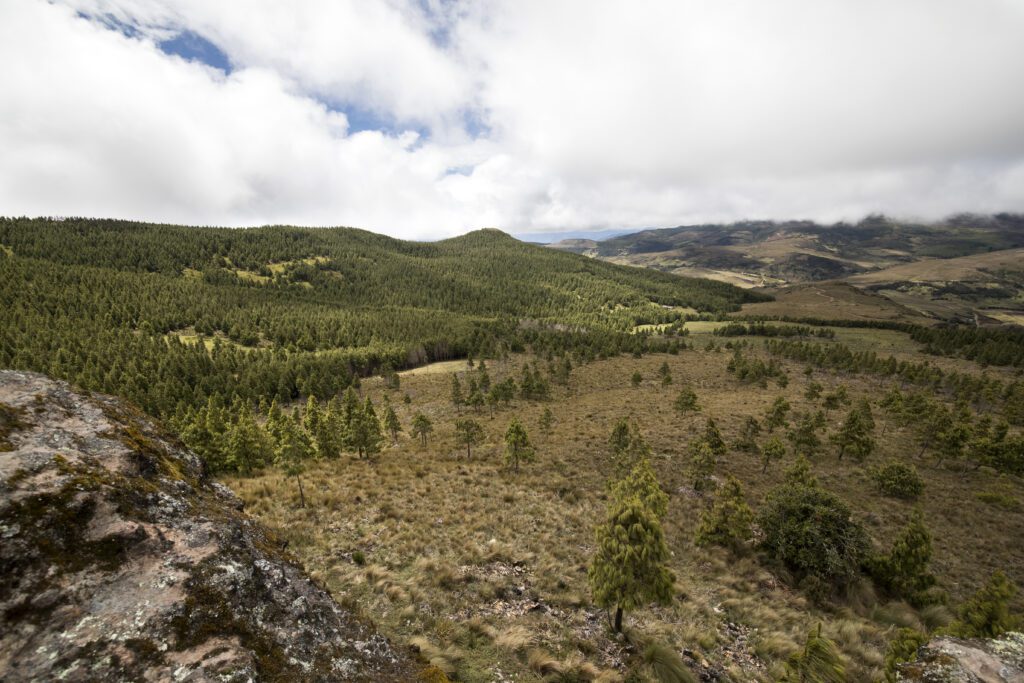

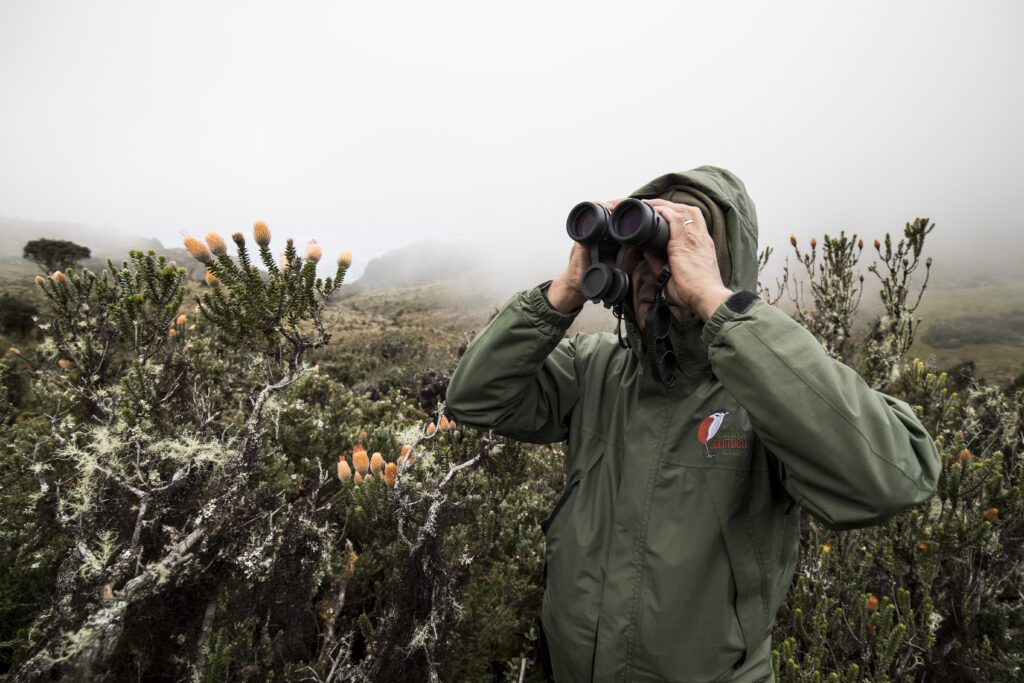


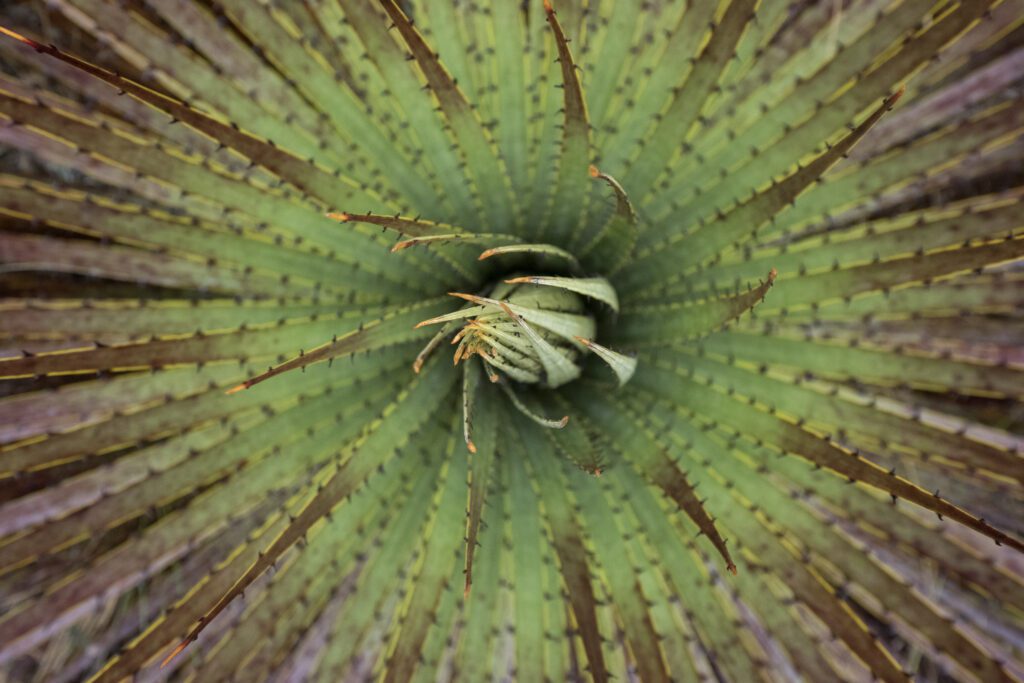
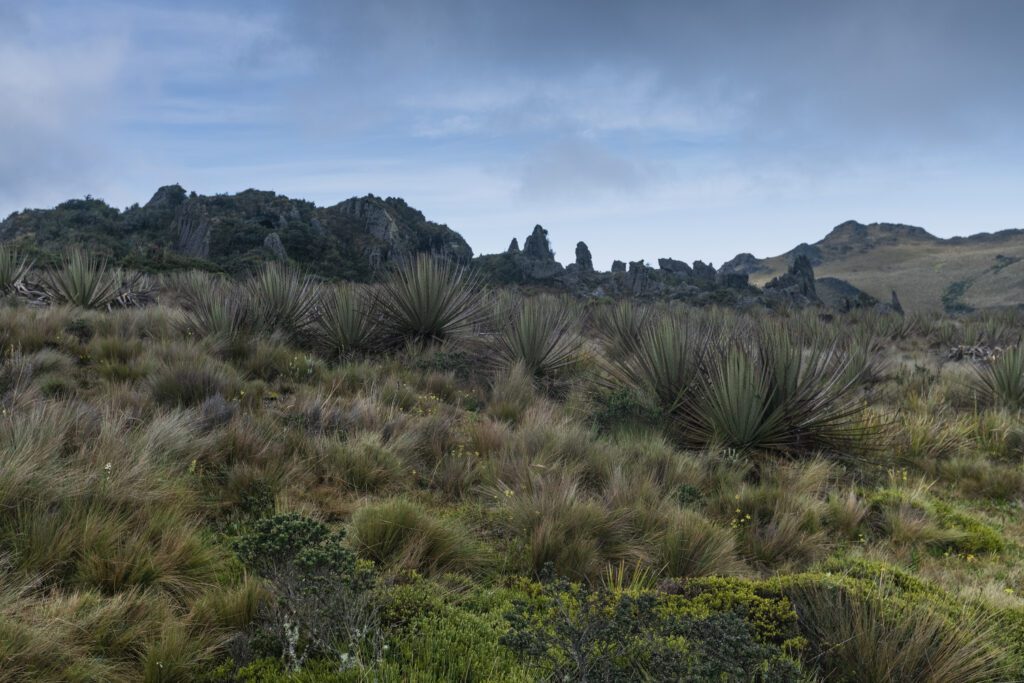
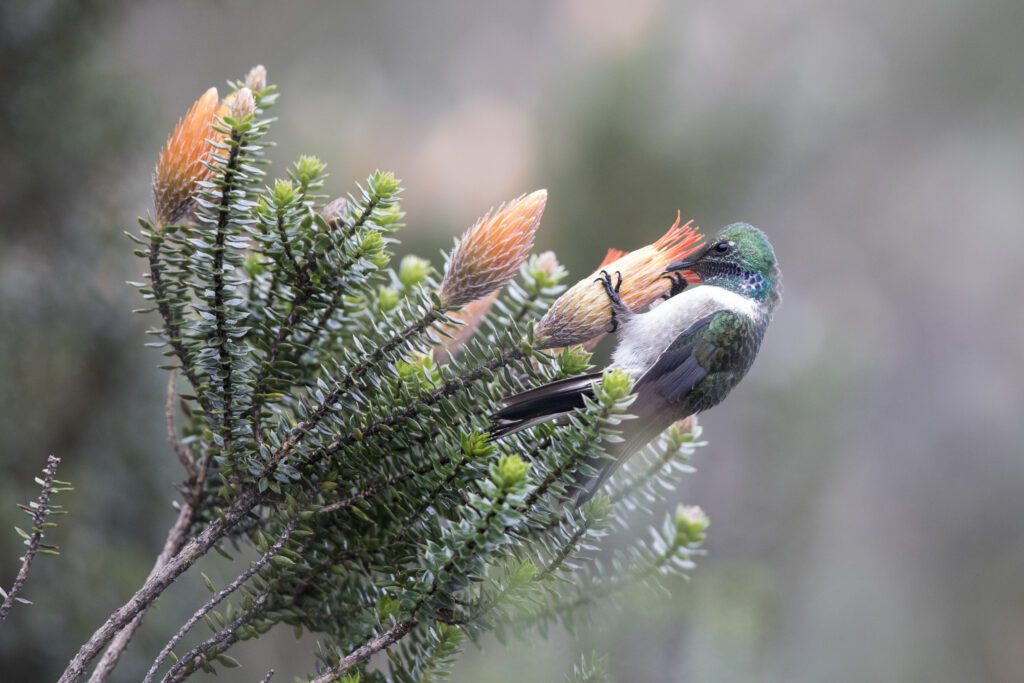
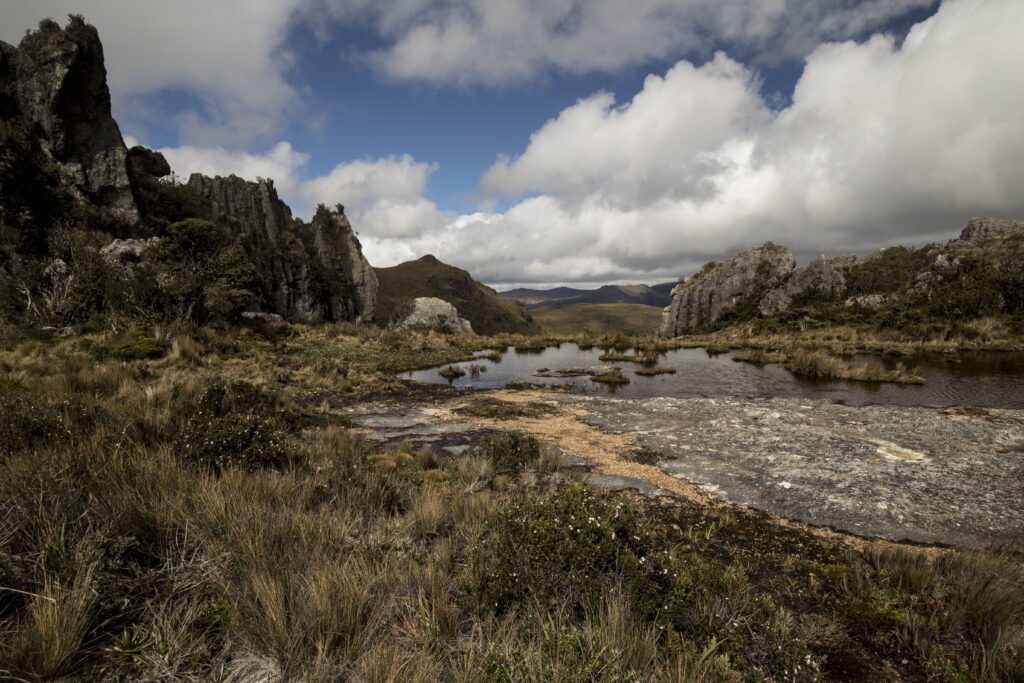




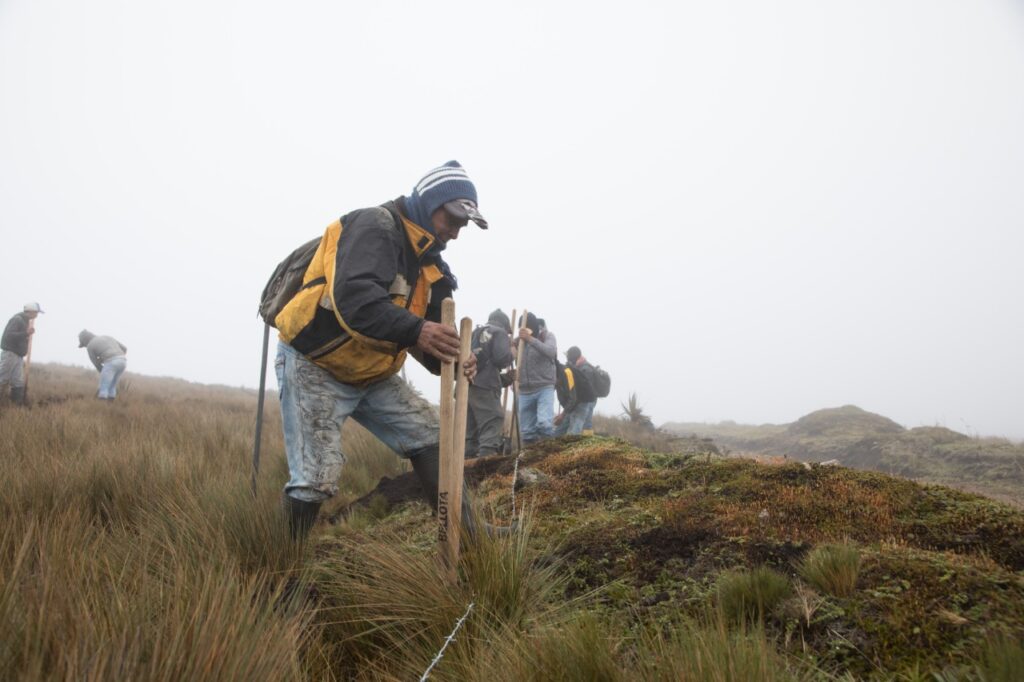
Your contact person
Have questions about this project? Feel free to reach out to Raf.
